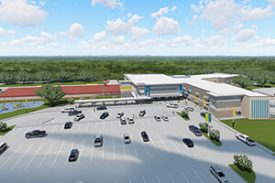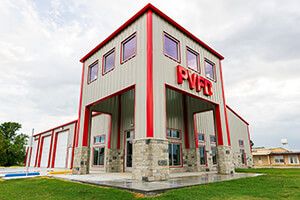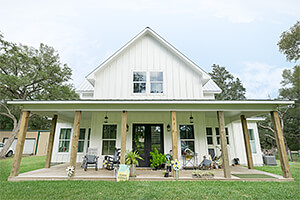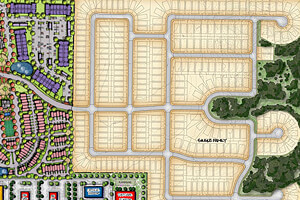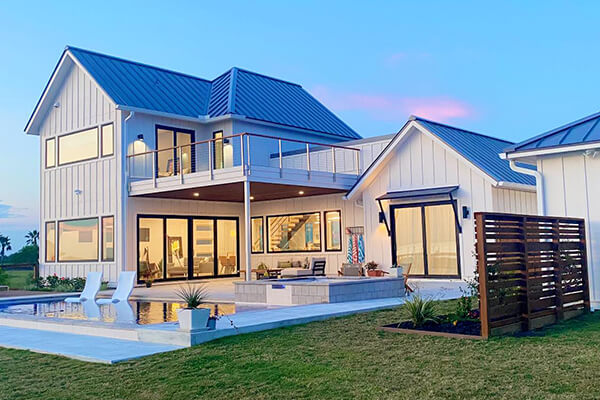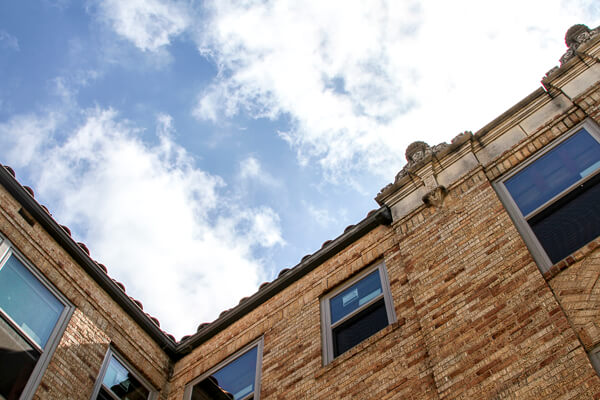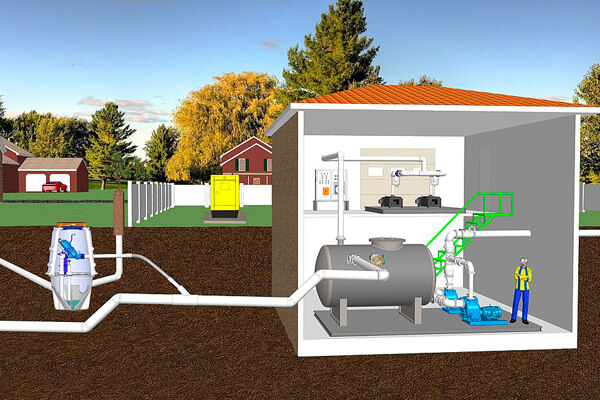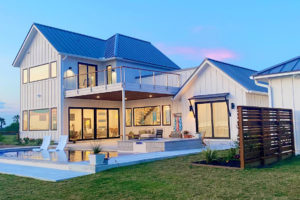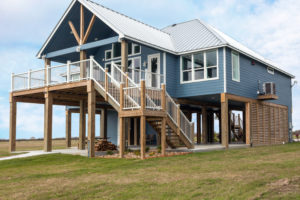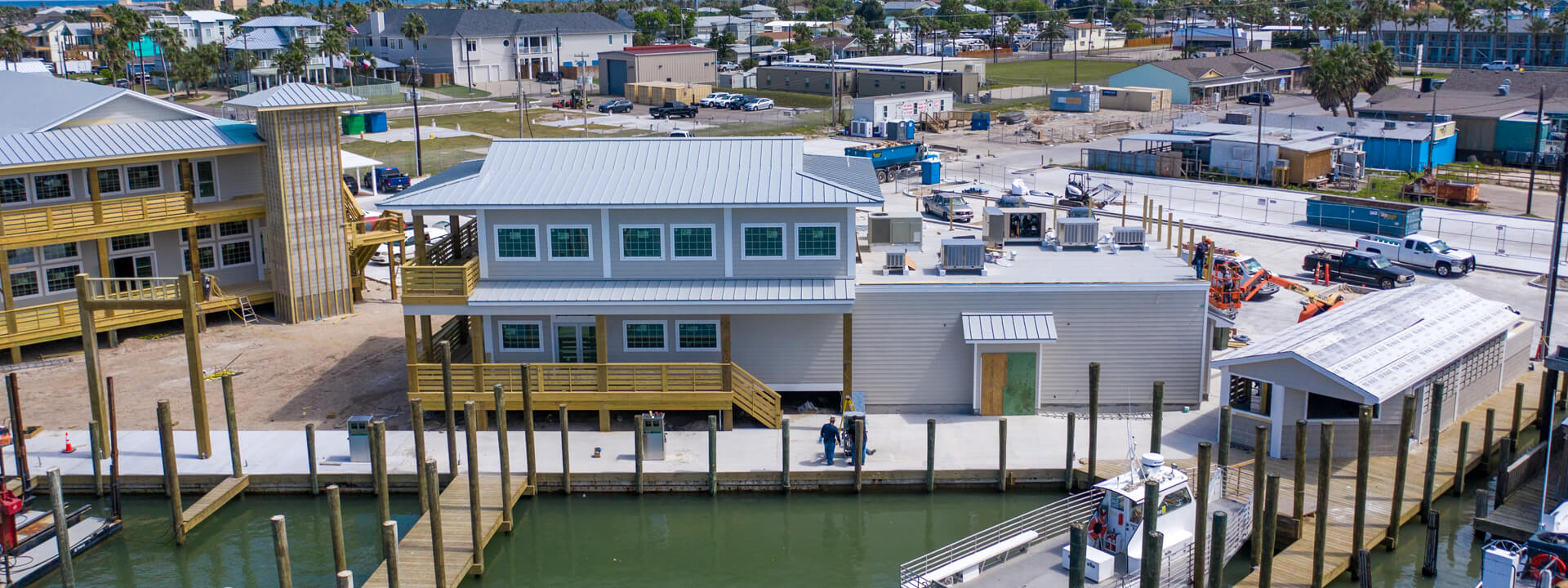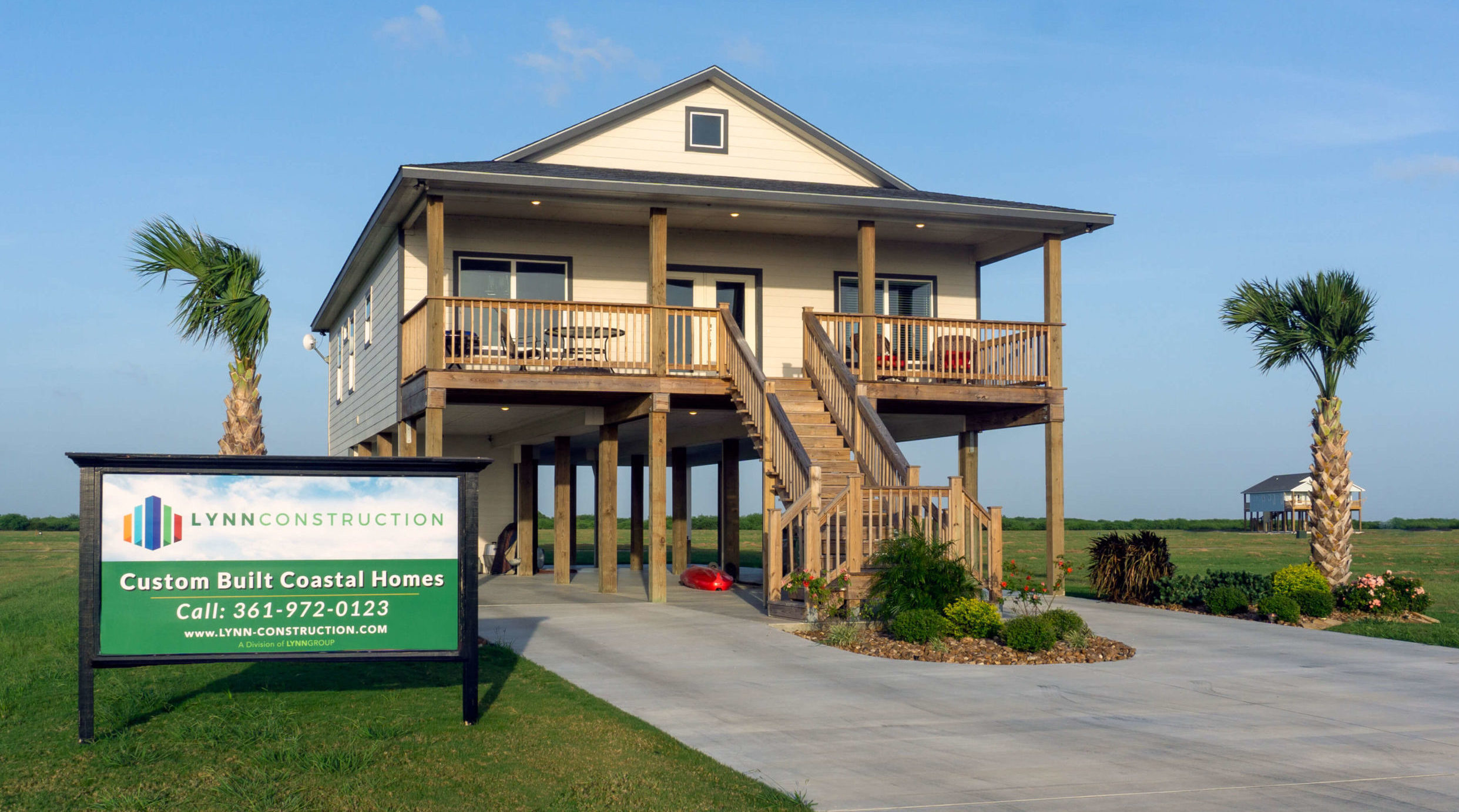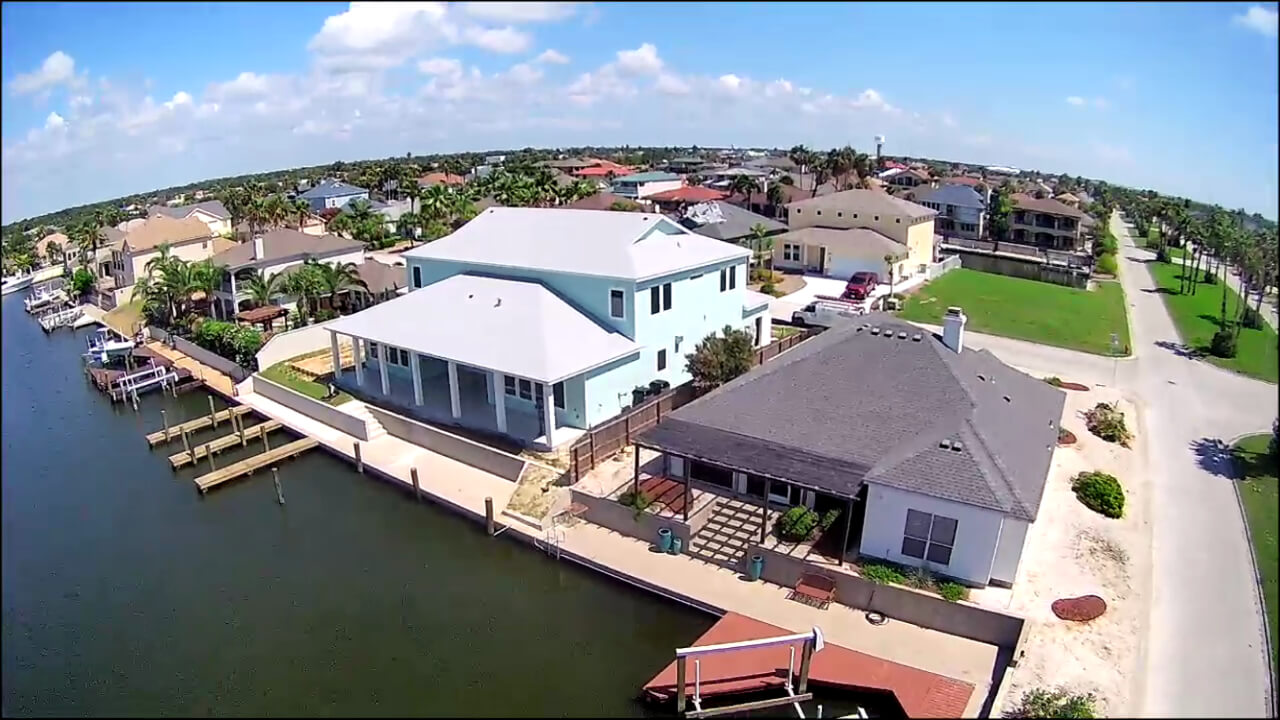- About Us
Resources
"After years of working together, we use Lynn Engineering exclusively and tell the families that we’re building for that they are in good hands."
— Krystle Henson,
KC Coastal, LLC
- ServicesOur team has spent years working throughout the Texas Coastal Bend on projects for both public and private sectors, developing lasting relationships with our clients.
Specializing in designing projects located in the high wind zones of the Texas Gulf Coast. Our experience includes mild reinforced concrete, post-tensioned concrete, timber, steel, and masonry structures.
Windstorm regulations are complex. We will engineer your new construction or alteration project to meet the design requirements of the code.
Land planning, zoning assistance, stormwater analysis and cost estimation for both commercial and residential clients.
Our team has spent years working throughout the Texas Coastal Bend on projects for both public and private sectors, developing lasting relationships with our clients.Specializing in designing projects located in the high wind zones of the Texas Gulf Coast. Our experience includes mild reinforced concrete, post-tensioned concrete, timber, steel, and masonry structures.
Windstorm regulations are complex. We will engineer your new construction or alteration project to meet the design requirements of the code.
Land planning, zoning assistance, stormwater analysis and cost estimation for both commercial and residential clients.
We employ a full-time architecture staff. Our clients benefit from a one-stop shop from planning to design and on to construction.
- Locations
Matagorda, Brazoria, Calhoun, Jackson, Galveston, Chambers and Jefferson Counties
Aransas, Refugio and San Patricio Counties
San Patricio, Nueces, Kleberg and Kenedy Counties
Development in and around the Dallas-Ft. Worth MSA
Matagorda, Brazoria, Galveston, Chambers and Jefferson Counties
Aransas, Refugio and San Patricio Counties
San Patricio, Nueces, Kleberg and Kennedy Counties
Development in and around the Dallas-Ft. Worth MSA
- Projects
Rohe Builders partnered with Lynn Engineering to build a beautiful custom home on the coast in Seadrift, Texas with a wall of large windows that produce beautiful panoramic…
TideWater Properties, a custom homebuilder in Rockport, Texas worked with Lynn Engineering to design and build a beautiful waterfront home on the Texas Gulf Coast.The historic BayTex Hotel on West Sixth Street in Bay City, Texas, first opened in 1927 with 49 guest rooms and a first-floor restaurant, becoming the crown jewel…
The community of Port O’Connor, Texas, south of Victoria on West Matagorda Bay, has experienced growth in recent years. The vacuum or pneumatic sewer system installed in 2000 has been underperforming of late.
Rohe Builders partnered with Lynn Engineering to build a beautiful custom home on the coast in Seadrift, Texas with a wall of large windows that produce beautiful panoramic…
TideWater Properties, a custom homebuilder in Rockport, Texas worked with Lynn Engineering to design and build a beautiful waterfront home on the Texas Gulf Coast.The historic BayTex Hotel on West Sixth Street in Bay City, Texas, first opened in 1927 with 49 guest rooms and a first-floor restaurant, becoming the crown jewel…
The community of Port O’Connor, Texas, south of Victoria on West Matagorda Bay, has experienced growth in recent years. The vacuum or pneumatic sewer system installed in 2000 has been underperforming of late.
- Careers
"The people I work with are interested in me as a person, and not just the job that I do."
— Brandi, Client Relations Specialist
Since August 2016Open Positions
Our Culture
"The people I work with are interested in me as a person, and not just the job that I do."
— Brandi, Client Relations Specialist
Since August 2016
Coastal Construction
Lynn Engineering is a windstorm, structural and civil engineering firm specializing in private and public residential, commercial and infrastructure development projects on the Texas Gulf Coast. Our location on the beautiful Texas Coast means that we often meet with interested individuals and contractors who wish to build retirement and second homes within our areas of service.
The additional hoops to jump through and increased costs associated with coastal construction can sometimes be surprising to those who are unfamiliar with coastal construction. It is safe to say that coastal construction is not merely just typical construction but on the coast.
Below is a list of commonly asked questions addressing the differences between coastal and inland construction.
Is coastal construction that much different from inland construction?
The short answer is yes, building in a coastal environment is different from building in an inland area for many reasons:
- Flood levels, velocities, and wave action in coastal areas tend to make coastal flooding more damaging than inland flooding
- Coastal erosion can undermine buildings and destroy land, roads, utilities and infrastructure
- Wind speeds are typically higher in coastal areas and require stronger engineered building connections and more closely spaced nailing of building sheathing, siding and roof shingles
- Wind-driven rain, corrosion and decay are frequent concerns in coastal areas
In general, homes in coastal areas must be designed and built to withstand higher loads and more extreme conditions. Homes in coastal areas will require more maintenance and upkeep. Because of their exposure to higher loads and extreme conditions, homes in coastal areas will cost more to design, construct, maintain, repair and insure.
What should homeowners and homebuilders expect from a “successful” coastal building?
In coastal areas, a building can be considered a success only if it is capable of resisting damage from coastal hazards and coastal processes over a period of decades. This statement does not imply that a coastal residential building will remain undamaged over its intended lifetime. It means that the impacts of a design-level flood, storm, wind or erosion event (or series of lesser events with combined impacts equivalent to a design event) will be limited to the following:
- The building foundation must remain intact and functional
- The envelope (walls, openings, roof, and lowest floor) must remain structurally sound and capable of minimizing penetration by wind, rain and debris
- The lowest floor elevation must be sufficient to prevent floodwaters from entering the elevated building envelope during the design event
- The utility connections (e.g., electricity, water, sewer, natural gas) must remain intact or be restored easily
- The building must be accessible and usable following a design-level event
- Any damage to enclosures below the Design Flood Elevation (DFE)* must not result in damage to the foundation, the utility connections or the elevated portion of the building
Will the likelihood of success (building performance) be improved by exceeding minimum requirements?
States and communities enforce regulatory requirements that determine where and how buildings may be sited, designed and constructed. There are often economic benefits to exceeding the enforced requirements (see below). Designers and homebuilders can help homeowners evaluate their options and make informed decisions about whether or not to exceed these requirements.
Benefits of Exceeding Minimum Requirements
- Reduced building damage during coastal storm events
- Reduced building maintenance
- Longer building lifetime
- Reduced insurance premiums*
- Increased reputation of builder
*Note: Flood insurance premiums can be reduced up to 60 percent by exceeding minimum siting, design, and construction practices. See the V Zone Risk Factor Rating Form in FEMA’s Flood Insurance Manual (http://www.fema.gov/nfip/manual.shtm).
Lynn Engineering understands construction in wood, steel and concrete – and we are experts in design for coastal construction. We produce clear and concise plans that builders love because they are adaptable and solution oriented. Our team is responsive to the needs of the builder and ultimately the homeowner – we are accessible, friendly and knowledgeable.
When beginning to think about your coastal construction project, make sure to connect with us at Lynn Engineering to ensure the process goes smoothly and is done right the first time. Visit us online at lynn-engineering.com or call (979) 245-8900 to speak with our professionals today.
- N. Mitchell Carrillo, P.E.
- August 23, 2020
